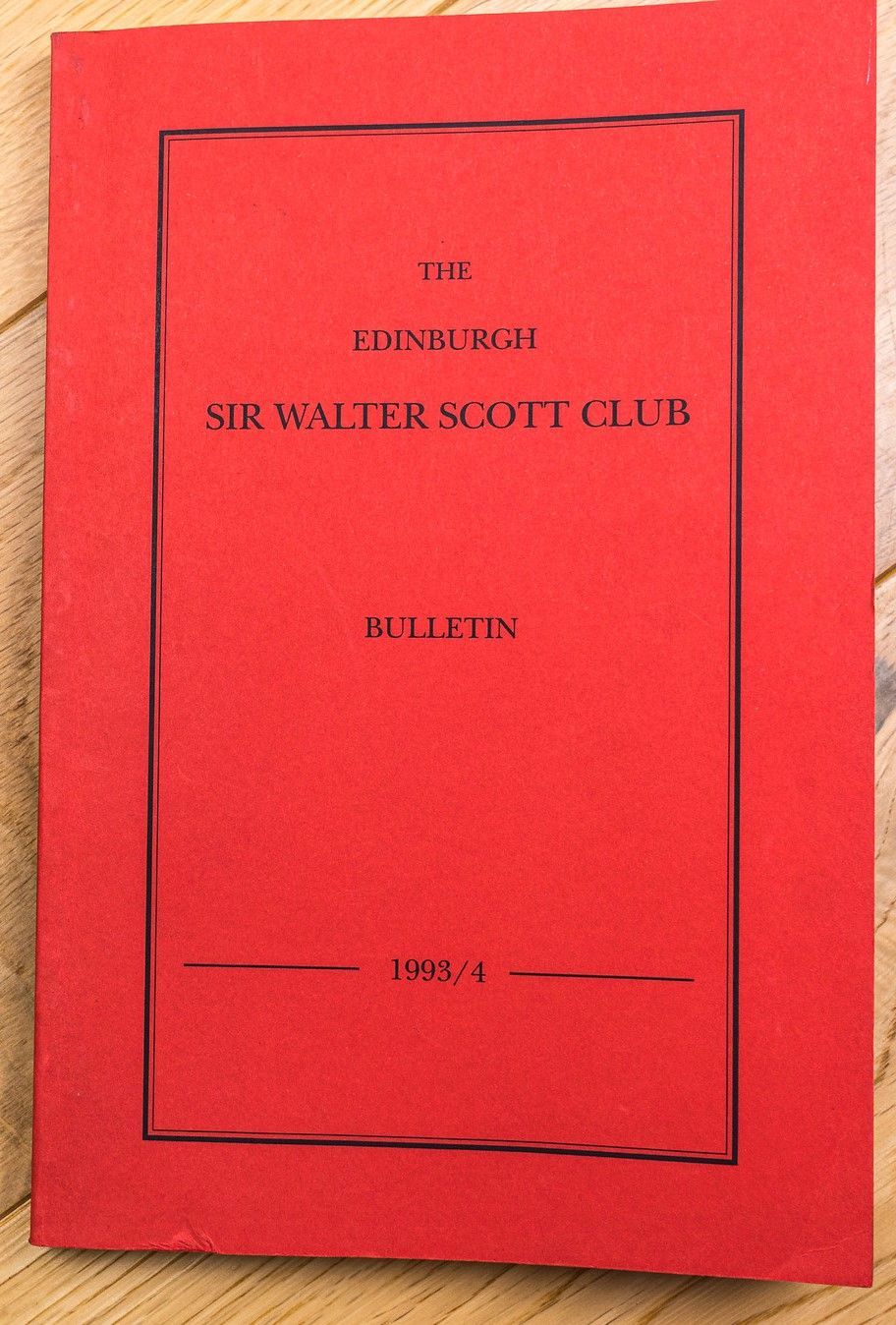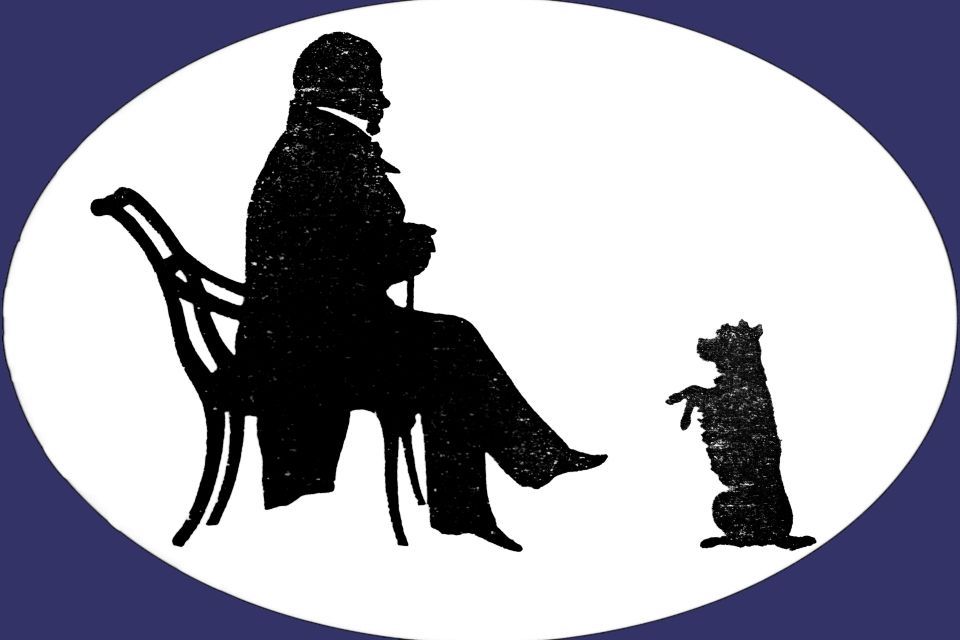Character and History in Scott’s Novels
4th May 1994
Summary of the Talk:
Professor David Daiches explores how Sir Walter Scott's novels bridge historical events and the characters within them. Scott's work is distinguished by his portrayal of characters whose personal traits and actions are deeply influenced by their historical context. Unlike Shakespeare’s timeless characters, Scott’s characters are shaped by the evolving social, political, and historical forces of their times.
Daiches highlights Scott's development as a writer of historical fiction, showing how his early interest in legal changes (influenced by David Hume) shaped his view of history as a dynamic force that affects individuals in various ways. Scott’s characters often embody the clash between the old and new worlds—those caught in transitions between a more barbaric, heroic past and a more refined, peaceful present.
The novel Waverley is a key example, depicting the conflict between the Jacobite rebellion and the rise of modern British society. Scott’s characters typically represent these transitional forces, with some, like Rebecca in Ivanhoe, acting as outsiders who critique outdated ideals.
Scott’s deep understanding of history is reflected in his portrayal of real historical figures (e.g., James VI, Bonnie Prince Charlie), but they never take centre stage. Instead, his focus is on how historical events impact individuals and society. Scott doesn’t aim to philosophize about history but rather to show how it shapes the moral and psychological traits of his characters.
Daiches also emphasizes Scott's blending of imagination and historical reality, which led to the creation of the historical novel genre. This genre, where history and character intersect, allows Scott to provide unique insights into how human beings are influenced by the historical context in which they live.
Interesting Points:
- Historical Imagination: Daiches argues that Scott had a “historical imagination” that allowed him to portray characters as products of their times while also giving them psychological depth. This sets Scott apart from earlier writers, such as Shakespeare, who focused more on universal human nature than on the historical influences shaping their characters.
- Transitioning Worlds: Scott’s characters often embody the tension between the violent, heroic past and the orderly, civilized present. This is especially evident in the way his protagonists navigate shifting social orders—heroes like Waverley symbolizing the continuation of tradition in a modern world.
- The Role of History: While Scott's characters are influenced by history, Daiches notes that Scott never sought to explain historical change in a philosophical manner. Instead, he used history as a backdrop to explore how societal changes shaped individuals' lives, especially their moral dilemmas.
- The Power of Real History in Fiction: Scott skillfully integrated real historical figures into his novels, not to animate the plot, but to enrich the setting and demonstrate the broader historical forces at play. This gives his works a sense of depth, making them feel both personal and epic.
- The Heroic vs. The Ordinary: Scott also gives voice to minor characters who survive through pragmatism or luck, offering a "chorus of continuity" amidst the historical upheaval that the major characters face. These characters provide realism and continuity in contrast to the intense struggles of the heroes.
In summary, Daiches presents Scott as a pioneer in the genre of historical fiction, blending character and history in ways that continue to influence literature today. His ability to weave history with individual destinies set Scott apart, making him a key figure in understanding how literature can both reflect and shape society.
Download the [Transcript] or Read the [Bulletin]

Download the [Transcript] or Read the [Bulletin]


